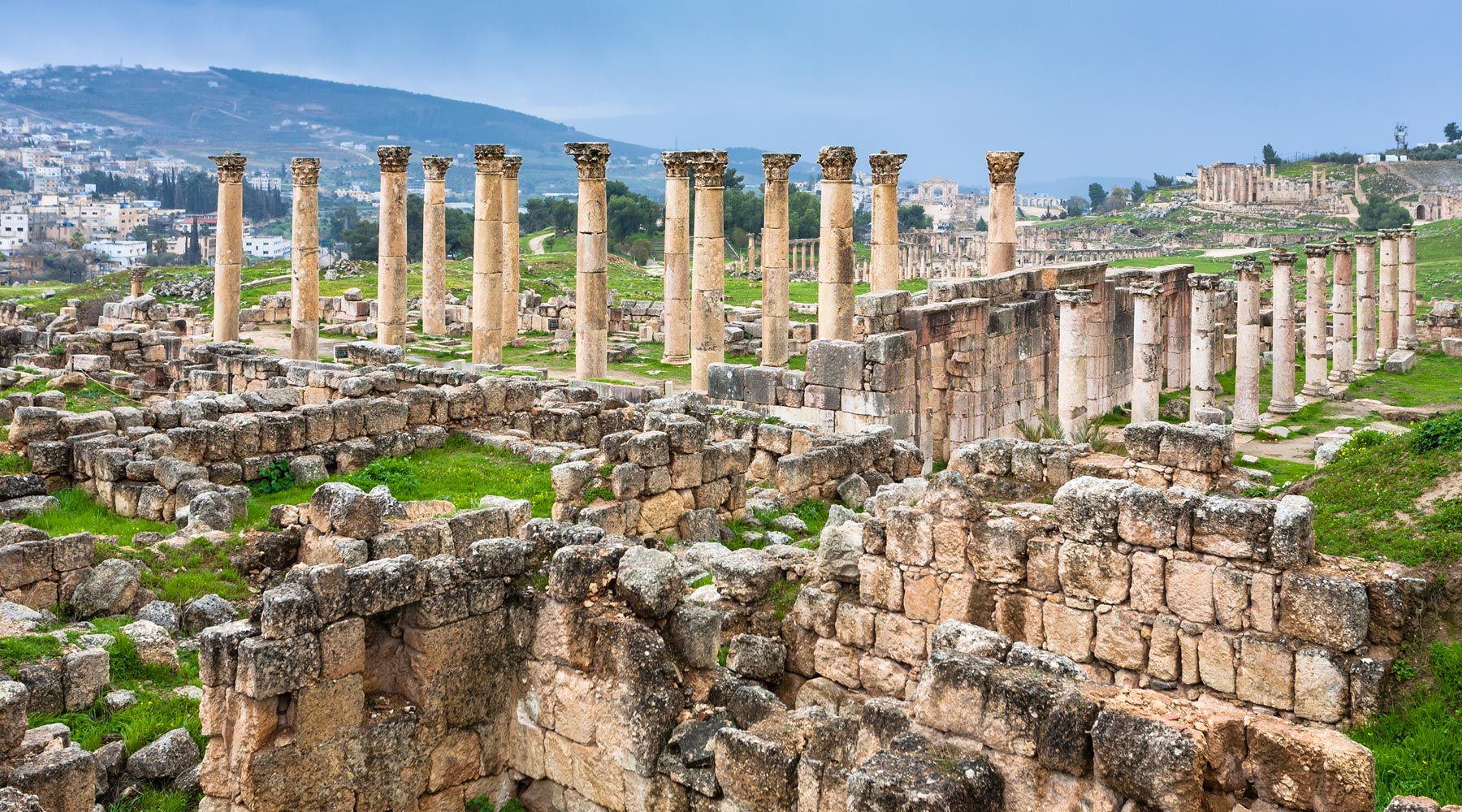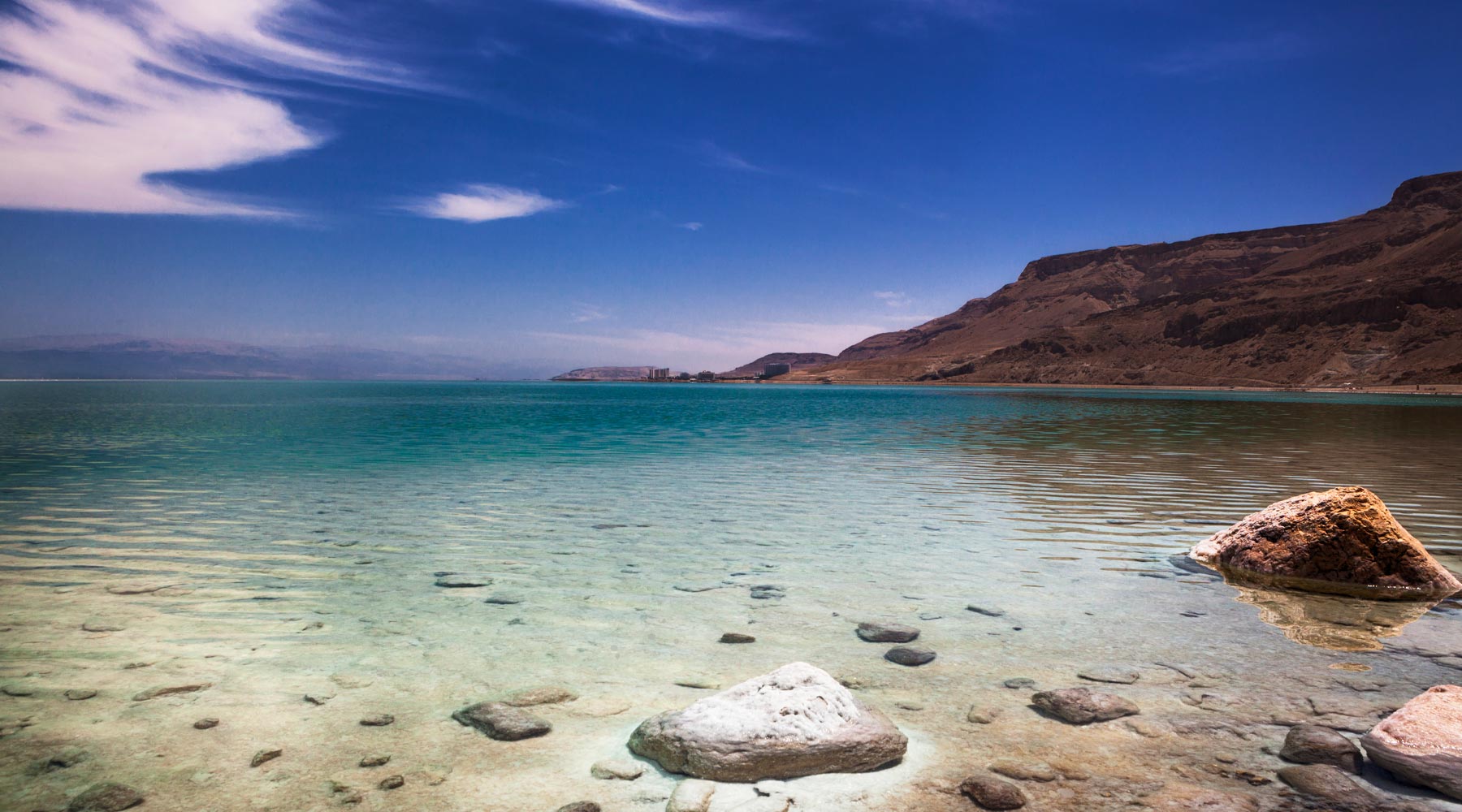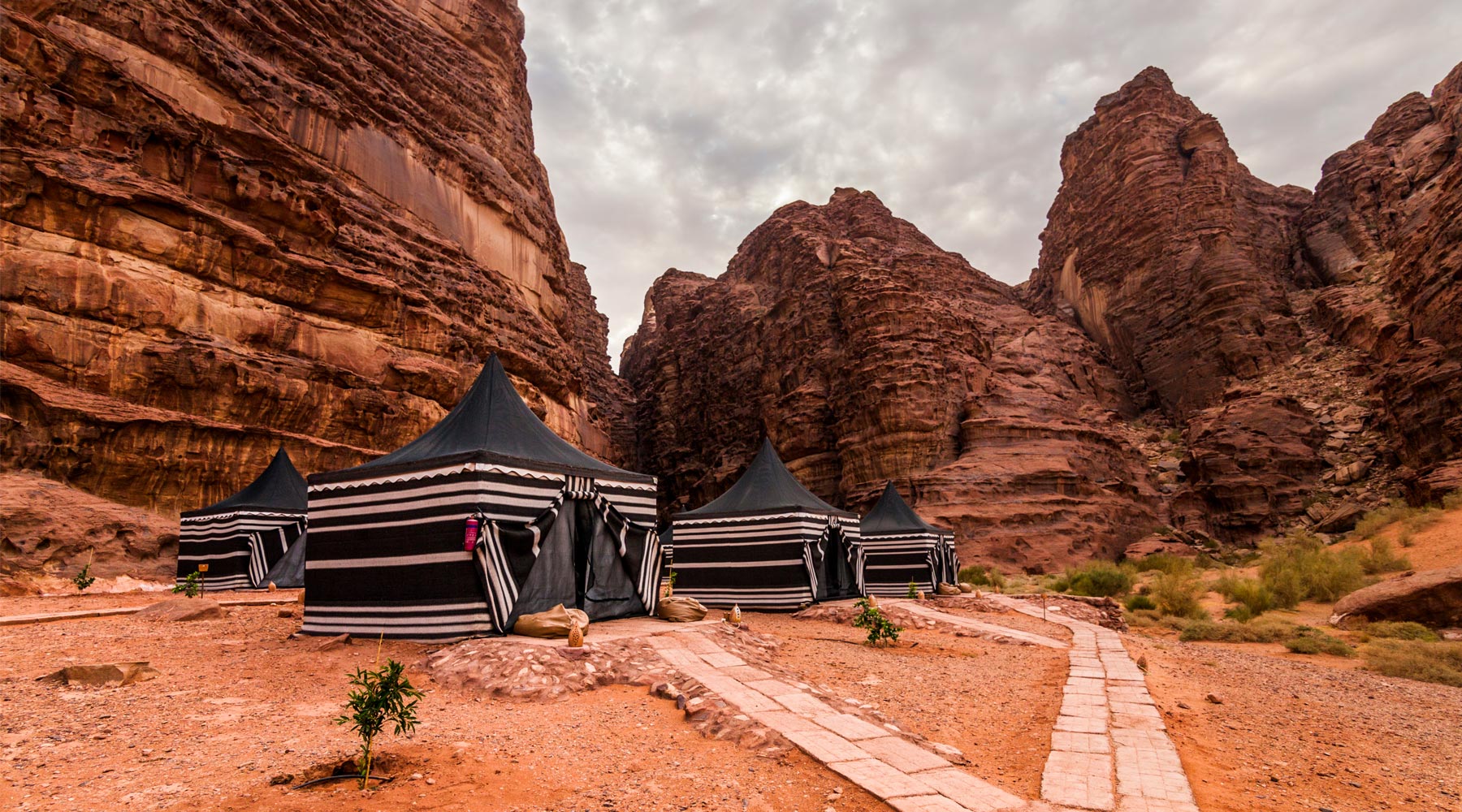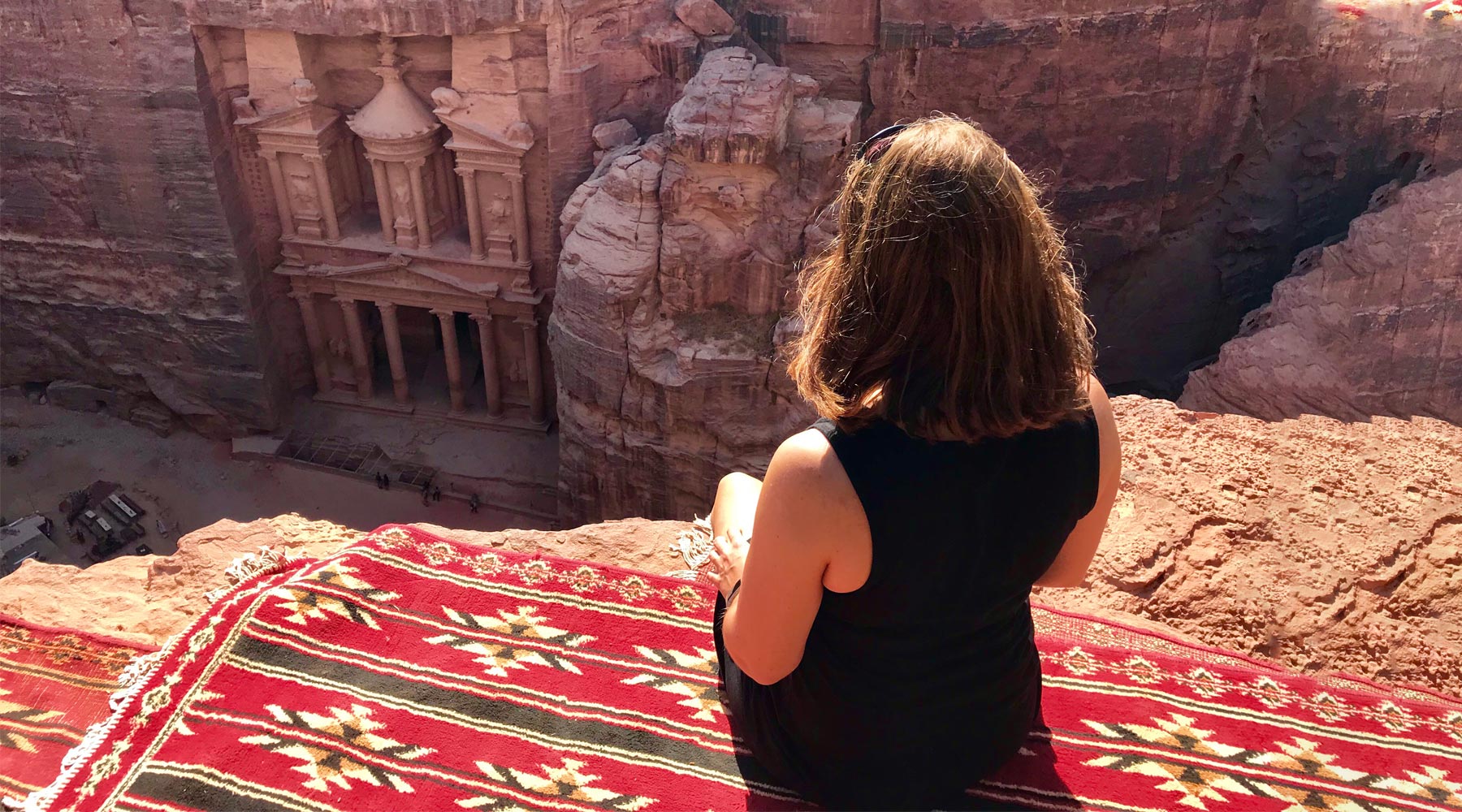For traveling to Jordan, you need to have a negative COVID-19 PCR test issued at most 72 hours before departure. Also, there are some limitations for airline crew members and travelers from particular parts of the world Travel Restrictions The UK Passengers Passengers who have been or transited through the United Kingdoms are not […]


Jerash was founded around c. 175-164 BCE under the rule of Antiochus IV Epiphanes of the Seleucid Empire. Being blessed with resources and standing in different trade routes, Jerash grew rapidly, and many structures were built there. It later became a member of the Federation of Greek cities named the Decapolis, meaning “ten cities.” Byzantine and Muslim rulers reigned over Jerash during ages and built their own specific kind of structures during the time. The city is still alive and expanding. You can visit modern parts of the city on the east side of the ruins. Appreciatively, the ruins were not encroached by new buildings.

There many stories about the Dead Sea and knowing them gives you a better feeling while visiting sights. To everyone’s surprise, the Dead Sea is known as the biggest free spa on the planet. It is 10 times saltier than regular seawater and is located in one of the world’s lowest parts. Many people worldwide head to the Dead Sea to get a tan under the sun of the Dead sea. That’s because The Dead Sea is below the sea level, and it’s unlikely to get a sunburn.

Wadi Rum is all you can expect from a fantastic desert! Here, the sun is violent and moody, slicing through canyons in the early morning or melting the division between rock and sand at sunset. The heat in summer is extreme, and the cold in winter is intense. For the lucky travelers who can afford a day or two to sleep over at one of the desert camps, it can be a memorable and unforgettable experience.

In Jordan’s desolate desert canyons, an ancient gem is located, the Ancient City of Petra. Petra is a UNESCO World Heritage Site and one of the New Seven Wonders of the World. The city flourished over 2,000 years ago when it used to trade with Rome as an equal before earthquakes in the 4th and 6th centuries C.E., which ruined the city. This archeological city is an enormous combination of tombs, monuments, and other religious structures carved into sandstone cliffs. Petra also used to be the capital of the Nabataean kingdom, but in the first century A.D., it yielded to the rising power of Rome.

The best countries for solo travelers are the countries in which you will feel comfortable while visiting and experiencing all the things in the country. safety, convenience, and culture are the most important things in a country for a solo traveler.

Dream trips are always a great source of inspiration and adventure. To inspire your next adventure, you need to have more information about destinations. A combination of adventure and relaxation, happiness, and experiencing new things is something we call a dream trip.